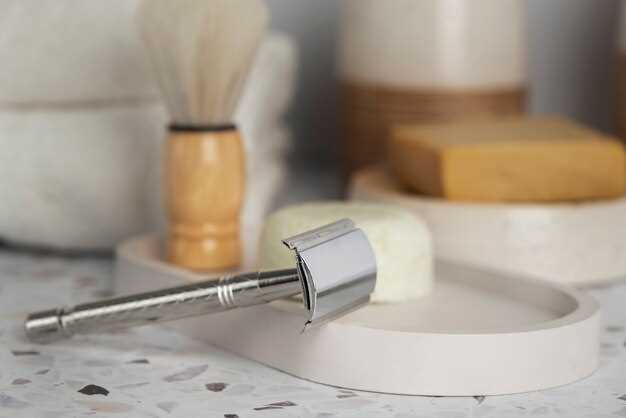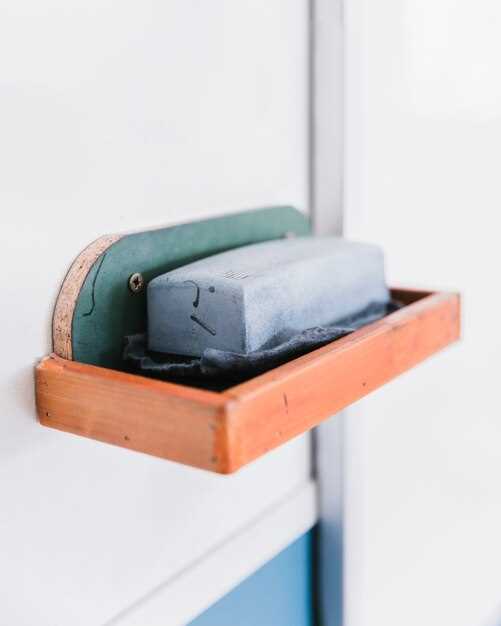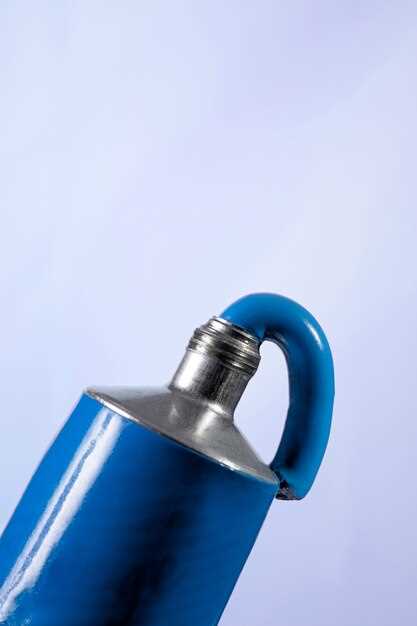
Chrome frames have become a popular choice for both aesthetic appeal and durability across various products, from automotive parts to household items. However, maintaining the mirror-like luster of chrome can be a challenge. Over time, exposure to elements, dust, and fingerprints can lead to tarnishing and dullness, detracting from the overall appearance. This guide aims to provide comprehensive techniques and tips for polishing chrome frames effectively, ensuring they stay shiny and new for years to come.
Polishing chrome goes beyond mere aesthetics; it also plays a crucial role in protecting the material from corrosion and damage. Understanding the right methods and products can make a significant difference in preserving the quality of chrome frames. This guide will cover essential tools, recommended cleaning agents, and step-by-step instructions tailored for different levels of tarnishing. Whether you are a novice looking to beautify your home décor or an expert maintaining a classic vehicle, this guide is designed to meet your needs.
By following the techniques outlined in this article, you will not only enhance the visual appeal of your chrome frames but also extend their lifespan. With clear guidance and practical advice, you’ll be equipped to tackle any polishing project with confidence. Explore the world of chrome upkeep and unlock the secrets to maintaining that gleaming finish!
Choosing the Right Polishing Products for Chrome Frames
When it comes to polishing chrome frames, selecting the right products is crucial for achieving a high-gloss finish without causing damage. Chrome is delicate, and improper products can lead to scratches or corrosion. Here are key factors to consider:
First, identify the type of chrome finish on your frames. There are two primary types: bright chrome and satin chrome. Bright chrome has a mirror-like finish, while satin chrome has a brushed appearance. Use products specifically formulated for each type to ensure optimal results.
Look for non-abrasive cleaners and polishers. Products that contain harsh chemicals or abrasive compounds can scratch or dull the chrome surface. Instead, choose pH-balanced cleaners designed specifically for chrome. These will effectively remove grime while preserving the integrity of the finish.
Consider using a paste or liquid polish specifically formulated for chrome. Paste versions often provide more control during application and can last longer than liquids. However, liquids may be easier to spread and work into tight spaces. Evaluate which form suits your needs best.
In addition to the polish itself, use high-quality microfiber cloths for application and buffing. Microfiber is gentle and designed to trap dust and debris without leaving lint behind. Avoid using paper towels or rough fabrics, as these can scratch the chrome surface.
For those looking for more sustainable options, consider eco-friendly polishes that are non-toxic and biodegradable. Many brands now offer effective natural alternatives that provide excellent shine without harmful chemicals.
Lastly, always test any new product on a small, inconspicuous area of the frame before full application. This will help you ensure compatibility and avoid potential damage. By carefully selecting your polishing products, you will enhance the appearance of your chrome frames while extending their lifespan.
Step-by-Step Process for Polishing Chrome Frames

Polishing chrome frames is essential for maintaining their shine and preventing rust. Follow this step-by-step guide to achieve a lustrous finish.
Step 1: Gather Your Materials
You will need chrome polish, microfiber cloths, a soft-bristle brush, water, a bucket, and protective gloves. Ensure the area is well-ventilated.
Step 2: Clean the Chrome Frames
Begin by rinsing the frames with water to remove loose dirt and debris. Use a soft-bristle brush to gently scrub any stubborn areas. Dry the frames with a microfiber cloth to prevent water spots.
Step 3: Apply Chrome Polish
Using a clean microfiber cloth, apply a small amount of chrome polish. Work in a circular motion, ensuring even coverage over all chrome surfaces. Be consistent and cover all areas, including hard-to-reach spots.
Step 4: Allow the Polish to Set
Let the polish sit on the chrome frames for about 5-10 minutes. This waiting period allows the cleaners and abrasives in the polish to bond with the chrome surface, enhancing the shine.
Step 5: Buff the Chrome
Using a fresh microfiber cloth, begin buffing the chrome surface. Use a clean section of the cloth periodically to ensure optimal shine and remove any excess polish. Buff until the desired shine is achieved.
Step 6: Inspect and Repeat if Necessary
Inspect the polish finish thoroughly. If some areas appear dull or tarnished, repeat the polishing process on those spots. A second application may be necessary for heavily tarnished sections.
Step 7: Final Wipe Down
Once satisfied with the polish, do a final wipe down with a clean, dry microfiber cloth. This step helps remove any remaining residue and enhances the overall shine.
Step 8: Maintenance Tips
To maintain the polished look of your chrome frames, regularly clean them with mild soap and water. Avoid harsh chemicals and abrasive materials. Periodically reapply chrome polish to keep them shining.
Common Mistakes to Avoid When Polishing Chrome Frames

Polishing chrome frames can significantly enhance their appearance, but several common mistakes can hinder your results. Understanding these pitfalls is essential for successful polishing.
One frequent error is using the wrong type of cleaning cloth. Microfiber towels are optimal for polishing chrome, as they prevent scratches. Avoid using rough materials or sponges that can leave abrasions on the surface.
Another misconception is that heavy pressure yields better results. Applying excessive force can actually damage the chrome finish, leading to scratches or dullness. Instead, use a gentle, circular motion to allow the polish to work effectively without harming the surface.
Many people overlook the importance of cleaning the chrome frames before applying polish. Dust, grime, and old wax can interfere with the polishing process. Always clean the surface thoroughly with soap and water to remove any contaminants.
In addition, using a polish that is not specifically designed for chrome can lead to unsatisfactory results. Some products contain harsh chemicals that may strip away the protective layer of chrome. Always choose a polish formulated for chrome surfaces to ensure longevity and brightness.
Timing is also critical. Allowing the polish to sit too long can cause it to dry on the surface, making it harder to buff out and potentially damaging the finish. Follow the manufacturer’s instructions regarding application time.
Finally, neglecting to apply a protective wax or sealant after polishing is a common oversight. This step helps to maintain the shine and protect the chrome from future damage. A good sealant can significantly extend the time between polishings and keep your frames looking their best.
